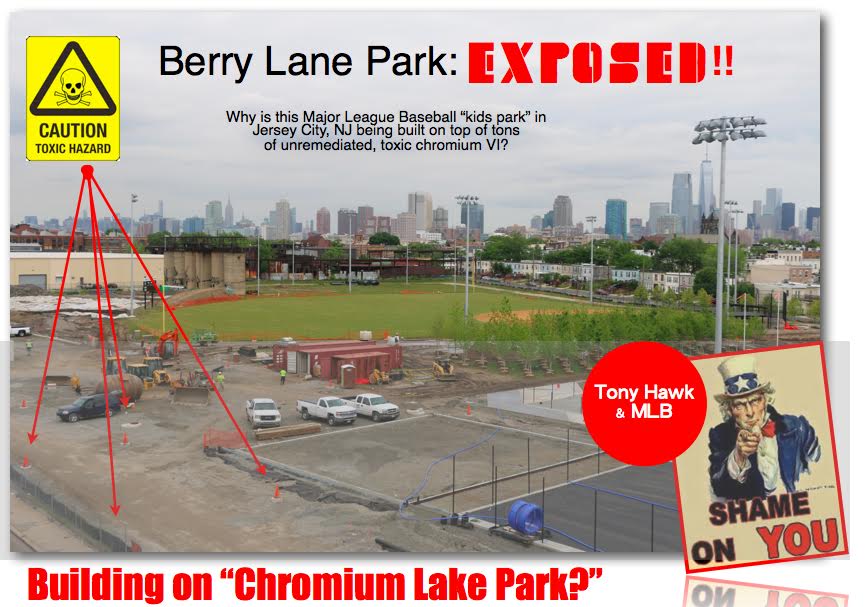A new report on community access to local news in New Jersey has revealed one more way democracy is being undermined by economic inequality: Judging by access to critical local news and information, poor communities are “dramatically under-served” compared to wealthier ones, the report concludes.
The Federal Communications Commission (FCC) has described “critical information” that community residents must have for democracy to work – and this study reveals how low income communities and communities of color are being shut out.
The new report, from Rutgers University, compares access to local news and information in three cities in New Jersey:
Newark: Population 281,000; 26 percent white; median household income, $34,000 per year;
New Brunswick: Population 57,000; 45 percent white; median household income, $40,000; and
Morristown: Population 19,000; 62 percent white; median household income, $71,000.
Among these typical New Jersey cities, economic disparity correlates with an astonishing gap in access to essential news and information.
For example, relatively wealthy Morristown supports six journalism sources per 10,000 residents; New Brunswick has 3.5 and Newark has 0.6. In other words, the wealthiest (and smallest) of the three cities supports 10 times as many sources of news and information (per 10,000 residents) as the poorest of the three.
Not surprisingly, this disparity in number of news sources translates directly into disparities in journalistic “output” (total combined stories on the web, plus postings on Twitter and Facebook).
During the seven days that the Rutgers group analyzed, news sources in Morristown produced 541 stories per 10,000 residents, compared to 181 in New Brunswick, and only 26 in Newark. Of these, in Morristown, 461 stories were deemed “original” (not rehashed from other sources), compared to 145 in New Brunswick and only 20 in Newark.
The situation looks even worse when examining journalism that focused on local issues. In Morristown, 42 percent of stories had a local focus; in New Brunswick, 28 percent, and in Newark, only 15 percent.
Members of the New Measures Research Project at Rutgers used “content analysis” to examine the routine output (plus social media posts) of standard news outlets – radio, TV, online and print – in the three cities. All together, they analyzed 2,679 stories (1,028 on the web and 1,651 on social media) during seven non-consecutive days selected at random during the month of January, 2015.
As we have seen, the Rutgers group analyzed the defining aspects of the “local journalism ecosystem” in each city: (1) how many local news sources exist; (2) the quantity of journalistic output by these sources, plus the extent to which their output is (a) original and (b) about local issues.
Importantly, the Rutgers group also analyzed the quality of local journalism, to judge how well local sources are meeting the “critical information needs” of residents.
“Critical information needs” comprise the information that is essential for citizens of a functioning democracy, as defined by the Federal Communications Commission. For details, see Table 1.
These “critical needs” include news and information about:
(1) policing, public safety and public health hazards;
(2) local conditions of health and health care (comparing different neighborhoods);
(3) quality of education and educational opportunities (again, comparing city districts);
(4) local transportation systems – who is served and how well;
(5) environmental conditions (air and water) plus land-use and planning issues (in various parts of the city, compared);
(6) economic development, employment data, employment and training opportunities;
(7) civic information: local service organizations and their services; and
(8) political life – who’s who, what’s what and opportunities for residents to find out what’s going on and participate.
From the viewpoint of generally meeting a community’s critical information needs, in Morristown, 329 stories per 10,000 residents (61 percent of all stories) measured up; in New Brunswick, it was 104 stories (58 percent of total); and in Newark, 10 stories (38 percent of total).
Analyzing for stories that met critical information needs about local conditions, Morristown had 187 stories (35 percent of total) per 10,000 residents; New Brunswick had 35 stories (19 percent); and Newark had 3 stories (12 percent).
Although this study examined only three cities, it’s hard to avoid the conclusion that, if you are a person of color or of low income in New Jersey, you are likely being deprived of the critical information you need to participate effectively in a democracy. Is New Jersey unique? It seems unlikely, but no one can say for sure. One of the main purposes of the Rutgers report was to develop and describe a standard way of analyzing a “local news ecosystem,” which could then be applied anywhere. Other college journalism departments could take up the challenge and replicate this study in their own locales. Then we could know whether New Jersey’s distorted “news ecosystem” and degraded democracy are typical of communities across the US.



